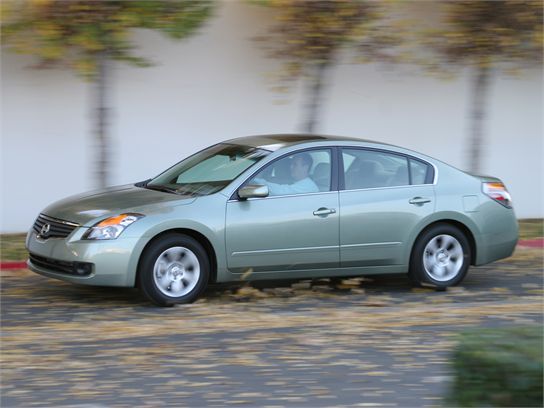Recent Articles
Popular Makes
Body Types
Top Ten Smart Deals
Get a good deal on a great car
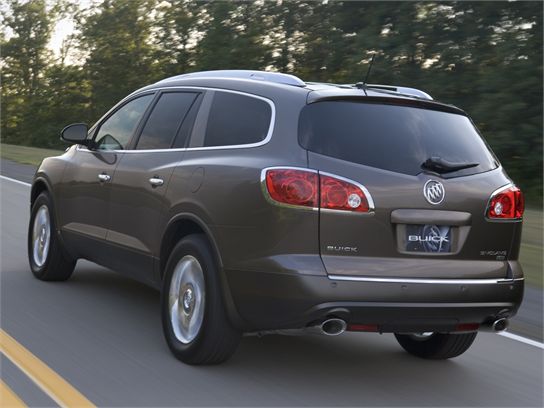
Anticipating some tax relief? Itching for a new car? That’s good news, for there are some great deals to be had. Dealers are full to the brim with 2008, 2007 models – some even have 2006s, too, though these leftovers will be the less attractive models. Now through the end of the month, a realistic shopper will see special financing on Hondas as a good opportunity, or maybe even a Buick, as GM has introduced their hot new Enclave crossover with a small discount. Click "next" to see this month's Top Ten Smart Deals.
Page 2
To make it as a smart deal, vehicles must have better-than-average crash test scores from NHTSA and the IIHS, and rate a combined 20 miles-per-gallon by the EPA. This month, however, we're making two exceptions to the fuel economy rule: the 2007 Cadillac CTS-V, and the 2007 Ford Shelby GT 500. It's not very often these types of cars are on sale. Finally, a smart deal car is required to carry a discount, either by dealer incentive, automaker rebate or special finance rate. Regional differences may apply, and though we list expiration dates, rebates can end at any time. And though we list sticker prices on the following pages, be sure to use the invoice price as your starting point.
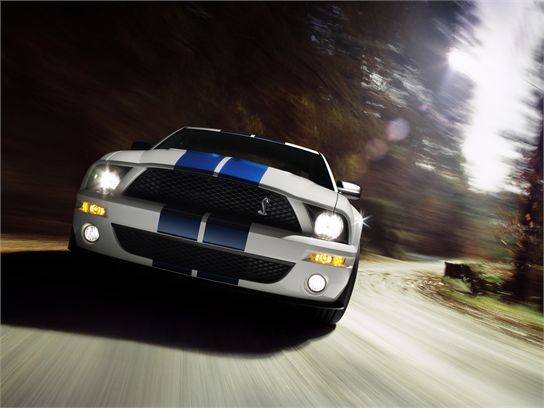
Page 3
MSRP: $32,055 to $36,255 Deal: $1,000 rebate; 4.9 - 7.9 percent financing Reason: Introduction Expires: July 9, 2007 NHTSA: Frontal impact - five stars driver and passenger; Side impact - five stars front and side; Rollover – four stars IIHS: Not tested MPG (combined): Not released; 3.6-liter V6 engine, six-speed automatic transmission
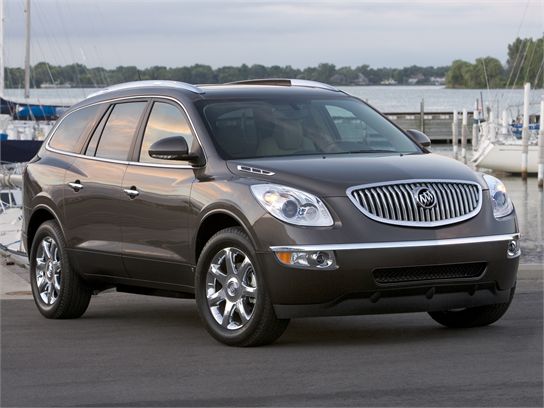
Page 4
MSRP: $53,370 Deal: $1,500 dealer cash; $500 rebate Reason: Sale Expires: July 9, 2007 NHTSA: Frontal impact - four stars driver and passenger; Side impact - four stars front; five startss rear; Rollover – four stars IIHS: Good, frontal impact (CTS); NT, side impact MPG (combined) 18, 6.0-liter V8 engine, six-speed manual transmission
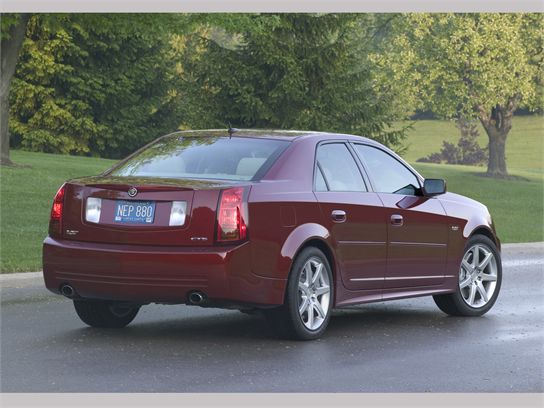
Page 5
MSRP: $26,900 to $28,525 Deal: $2,500 rebate; $500 dealer cash; 0-1.9 percent financing Reason: Leftover models Expires: July 2, 2007 NHTSA: Frontal impact - four stars driver and passenger; Side impact - five stars front; Rollover – not tested. IIHS: Not tested MPG (combined): 33, 2WD, 2.3-liter four-cylinder engine, manual transmission
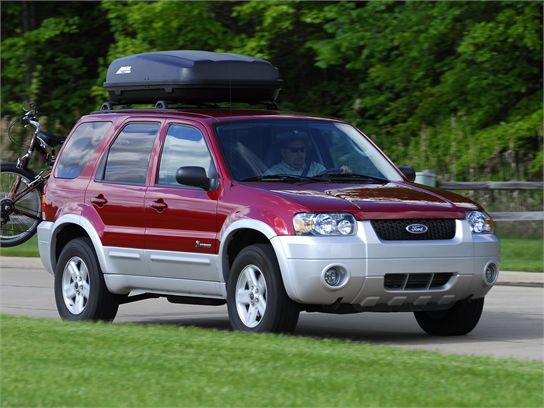
Page 6
MSRP: $41,675 - $46,500 Deal: $500 rebate Reason: MSRP adjustment Expires: January 2, 2008 NHTSA: Frontal impact - five stars driver and passenger; Side impact - four stars front, NT rear; Rollover - five stars (Mustang data) IIHS: Not tested MPG 15/21, 5.4-liter V8 engine, six-speed manual transmission
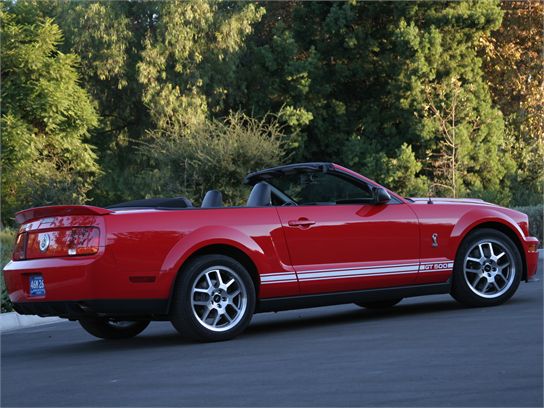
Page 7
MSRP: $15,405 - $25,185 Deal: 2.9-4.9 percent financing Reason: Sale on slow-selling models Expires: July 2, 2007 NHTSA: Frontal impact - five stars driver and passenger; Side impact - four stars front, five stars rear; Rollover - four stars IIHS: Frontal impact – good; Side impact - good MPG (combined): 33, 1.8-liter four-cylinder engine, five-speed automatic transmission
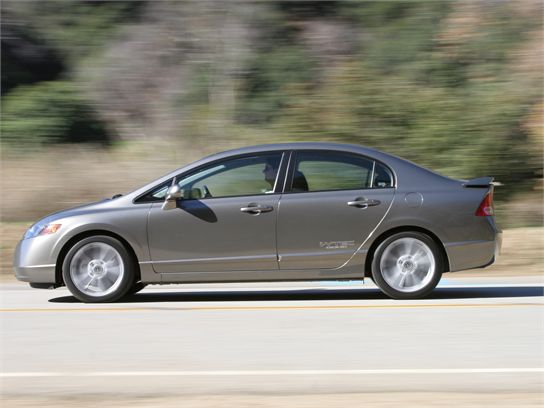
Page 8
MSRP: $17,345 to $23,345 Deal: $2,000 rebate, 0-4.9 percent financing Reason: Leftover models Expires: July 2, 2007 NHTSA: Frontal impact - five stars driver and passenger; Side impact - five stars front, five stars rear; Rollover four stars. IIHS: Good, frontal offset; Acceptable, side impact with side airbags MPG (combined): 28, 2.4-liter four-cylinder engine, five-speed manual transmission
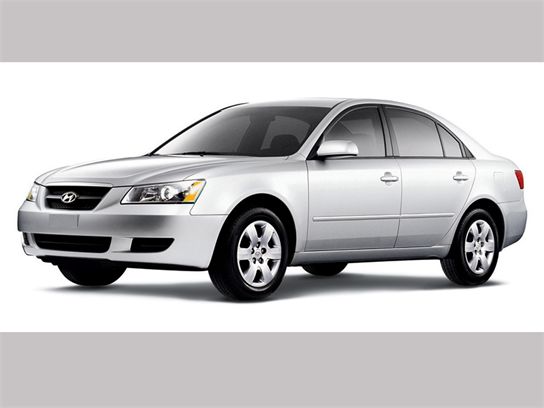
Page 9
MSRP: $33,450 - $34,050 Deal: $1,500 dealer cash Reason: New model in 2008 Expires: July 2, 2007 NHTSA: Not tested IIHS: Good, frontal offset; Acceptable, side impact MPG (combined): 22, 3.5-liter V6 engine, manual transmission
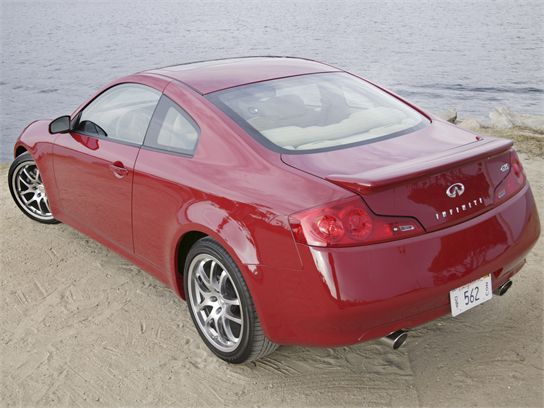
Page 10
MSRP: $28,685 - $43,710 Deal: Combined, $3,500 rebate; 0-4.9 percent financing, special leases Reason: Slow seller Expires: July 2, 2007 NHTSA: Frontal impact - five stars driver and passenger; Side impact - five stars front and rear; Rollover - three stars 2WD and four stars 4WD IIHS: Not tested
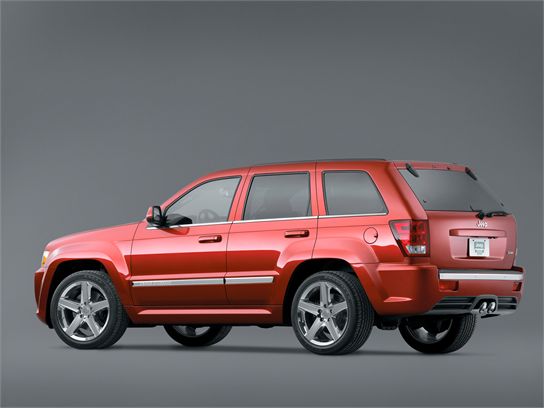
Page 11
MSRP: $17,950 to $28,400 Deal: $500 rebate; .7-4.9 percent financing Reason: New model introduction Expires: July 2, 2007; May 31, 2007 (financing) NHTSA: Frontal impact - five stars driver and passenger; Side impact - five stars front and four stars rear; Rollover - four stars IIHS: Good, frontal offset; 2007 model not tested for side impact MPG (combined): 24, 3.5-liter V6 engine, automatic transmission
